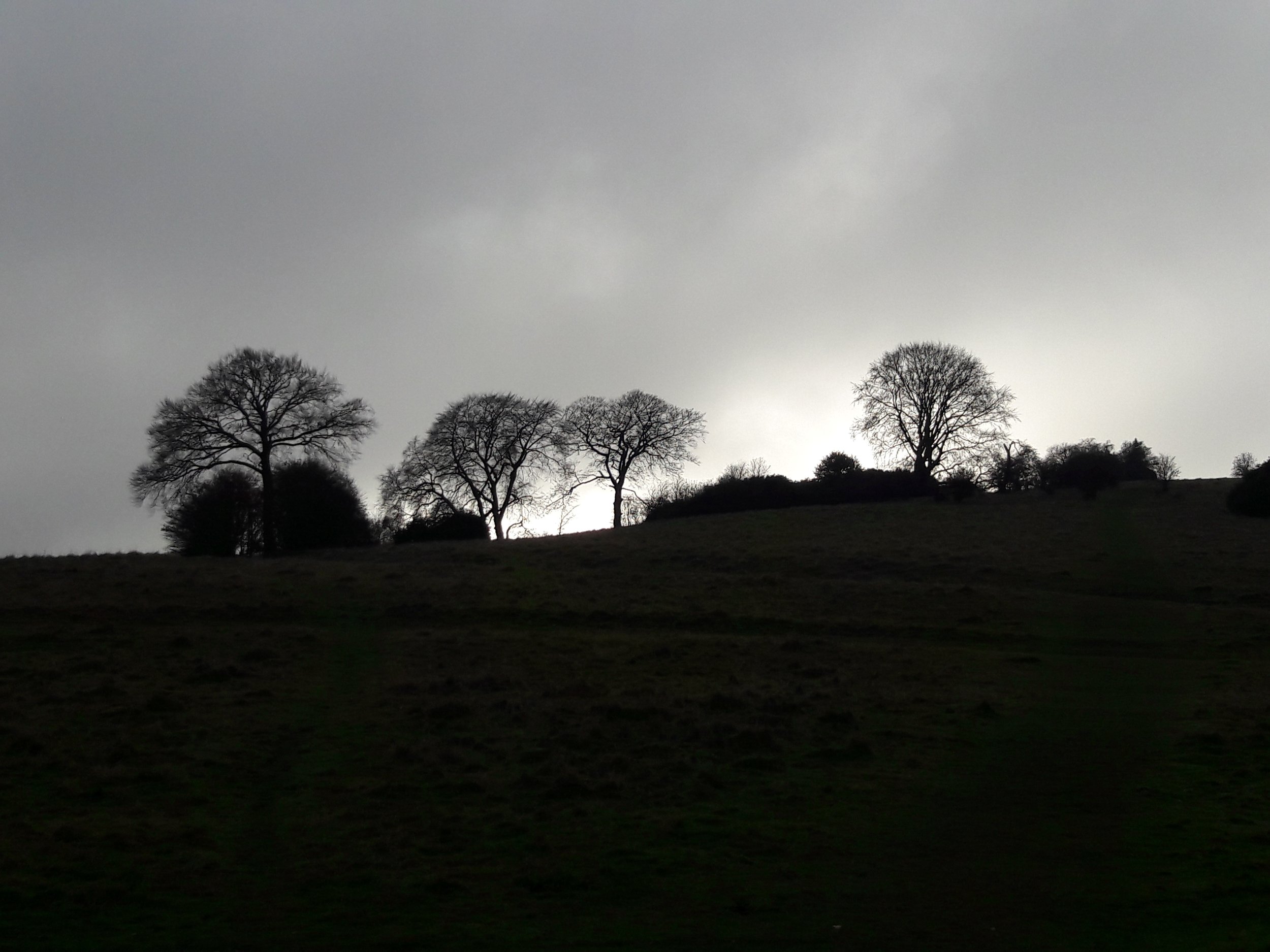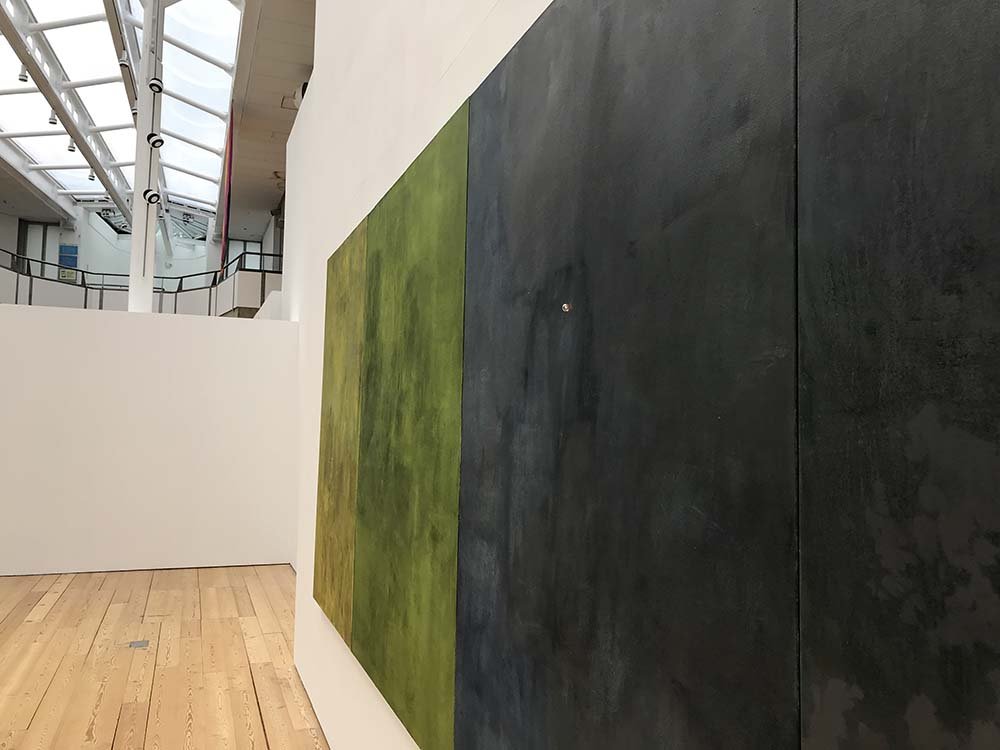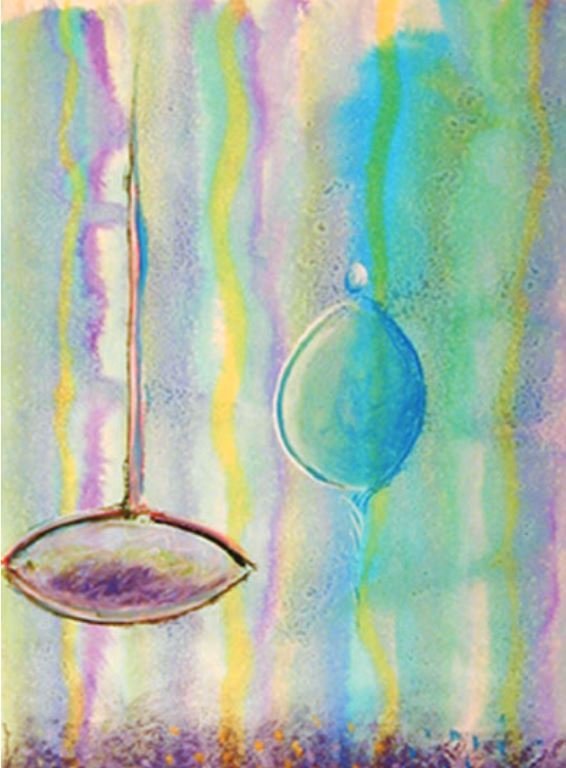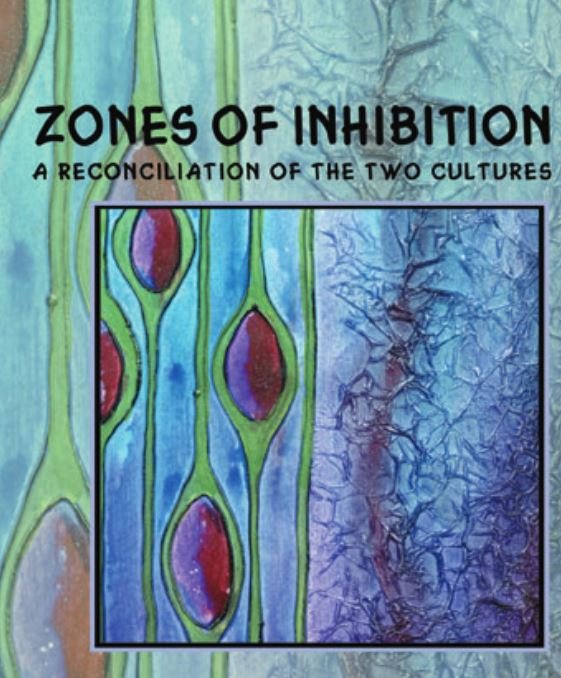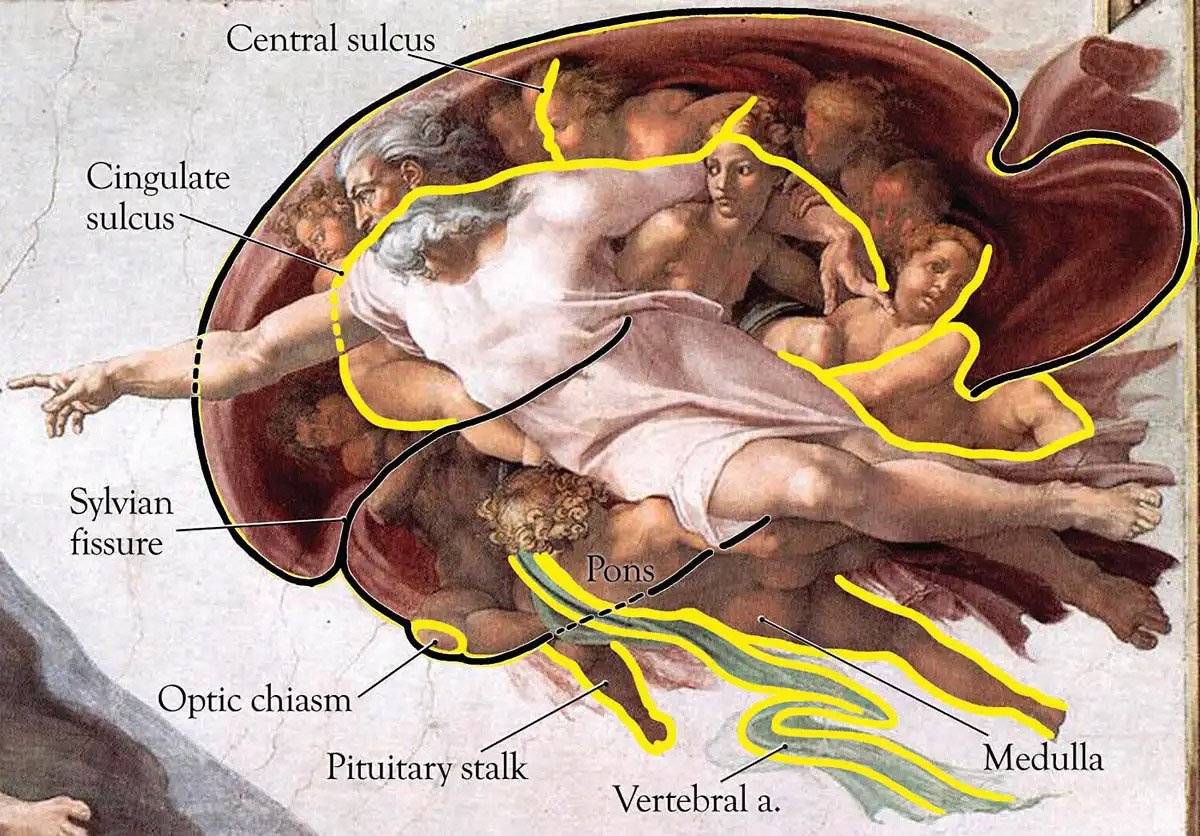Zones of Inhibition

Every thoughtful man who hopes for the creation of a contempory culture knows that this hinges on one central problem: to find a coherent relationship between science and the humanities
J. Bronowski & B. Mazlish
Ghost Acres
Ghost Acres is the title of an exhibition by Alison Dalwood that took place at the University of Hertfordshire in 2022. The exhibition grew out of a series of conversations Alison and I had around the subject of agriculture. The concept of Ghost Acres was popularised by the ecologist Garrett Hardin in his book Living within Limits and refers to the idea that each person living in a city is sustained by a ghostly hinterland of fields producing crops, pasture for raising animals, and woodland for timber.
Zoophthora radicans
This is a pastel sketch of spores of the fungal pathogen Zoophora radicans that attacks varioua types of insects including the diamondback moth (Plutella xylostella). This moth is a pest of cabbages and brocolli and the fungus has potential to be used as a biological control agent as an alternative to pesticides (Tina Bolyos; Artist in Residence, Rothamsted Research)
Further Images of Fungal Art
The triptic above is a series of images of a fungus growing on a Petri dish containng agar growth medium. From left to right the images are from the same Petri dish but at different magnifications becoming increasingly magnified. Two fungal colonies growing together can either grow together and become one or inhibit each other.

When you move to the big ideas the two [science and art] are indistinguishable
John Sulston
Michelangelo’s Creation of Adam is arguably the most iconic image of Western Renaissance art and was produced at the cusp of the Sceintific Revolution at a time when there was no separation between art and science. Look at the figure of God on the right of the image. He, and it is a he as he has a beard, is surrounded by a series of angels and protected by a cloud of drapery. Can you tell what this represents? Most likely not, not unless you have studied the anatomy of the human brain. At this time, when art and science were one, both Michelangelo, and his arch competitor Leonardo da Vinci were students of human anatomy dissecting as many corpses as they could. The image on the right has been annotated by Frank Lynn Meshberger in which he has superimposed the structure of the human brain onto Michelangelo’s God and the angels image. This is a paradoxical image in that it begs the question as to whether God is a creator of man, or man the creator of God?
